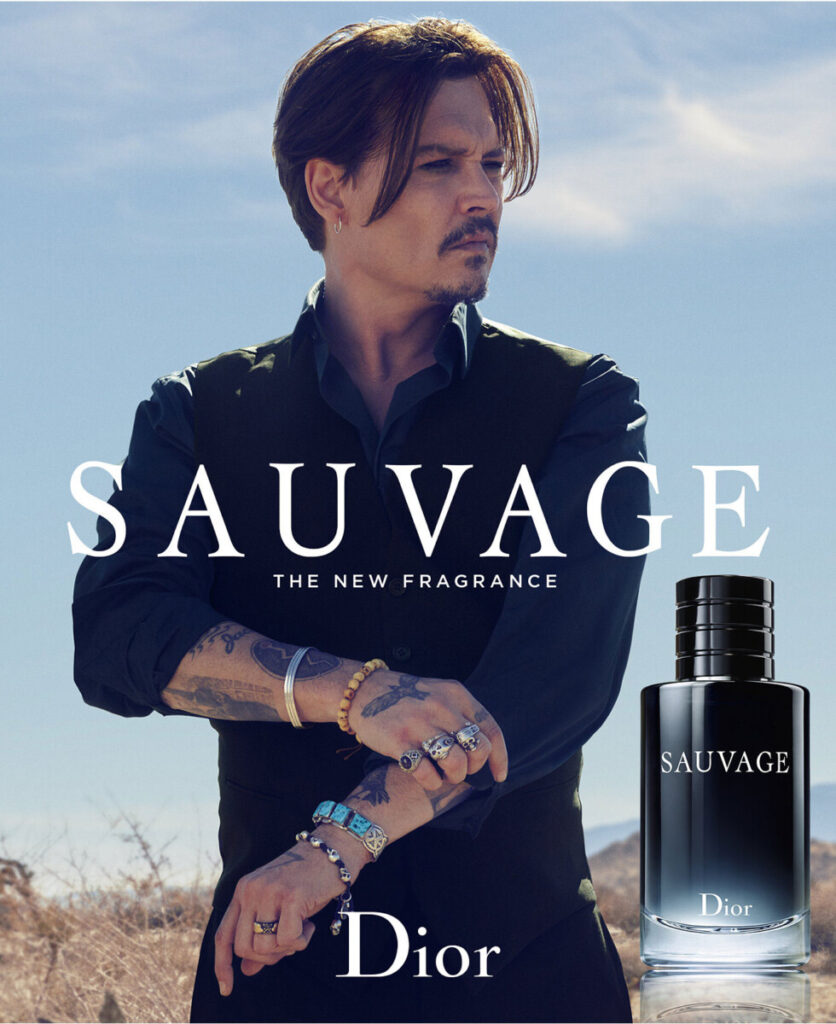Author: Jennifer (Page 1 of 2)
This was an interesting read because it reminded me of music. In the reading, psychedelia was explored, and even terms such as grunge and etc. This reminded me of music genres that weren’t widely heard on the radio or music shows. There were musicians whose weren’t widely seen as well. Once they gain recognition, they get signed and their label starts pouring promotions for them. Listeners would usually state that the musician and their music has changed because they have become mainstream. The question then lies with, is it a hood thing or bad thing to become mainstream?
According to the article and from my understanding, mainstream in general seems to be something that is honed in on, exploited, and reproduced. It is within the popular margins because the results encompasses the larger audience. An example could be the Dance Dance Revolution game, that use popular techno and bass songs. The songs used are targeting the youth and therefore bring the genre popularity. The concerns start rising when it gets pulled into mainstream. I feel that it has but it tries to avoid it. Another similar game that could be considered mainstream is “Just Dance.”
In terms of advertising, mainstream could signify the techniques being overused and replicated n a different manner. For example, CoCa Cola and Pepsi, and others, are all beverages and they could all have similar advertising techniques but the design would look different. The target audience could be different but it’s within the same general population. Someone is always out there trying to think out of the box for the next new thing, but in the end it seems that once it’s found, it’ll also find its way into mainstream. I don’t think it’s so bad.
Demers, Joanna. “Dancing Machines: ‘Dance Dance Revolution’, Cybernetic Dance, and Musical Taste.” Popular Music, vol. 25, no. 3, 2006, pp. 401–14, http://www.jstor.org/stable/3877663. Accessed 27 Apr. 2022.
Hyman, Michael R., et al. “Research on Advertising Ethics: Past, Present, and Future.” Journal of Advertising, vol. 23, no. 3, 1994, pp. 5–15, http://www.jstor.org/stable/4188934. Accessed 27 Apr. 2022.
Heller, Steven. Merz to Emigre and Beyond : Avant-Garde Magazine Design of the Twentieth Century. Reprint pbk. ed., Phaidon, 2014.
Terms
- etymology
- quasi-tautological
- anchorage
- polysemous
- syntagm
Notes:
-analyzed photograph offers three forms of messages
the linguistic message, coded iconic message, non-coded
iconic message [
-the literal message supports the symbolic message of
the image
-In the linguistic message, an image has a linkage between
the text and the image. Historically, images within books
contained text that was used to decipher or enhance a
message. Even now, mass communication uses text along
with images to give context, it is intentional.
-Literal message from images = what is it?
-texts direct the viewer toward a specified meaning,
their eye will follow based on the text, so viewers will
not receive the whole messages
-Denoted message= photograph present still life, real life
A drawing replicates a scene but every painter/drawer has
their own style, and can depict the same object and many
different ways.

McLuhan’s reading was an interesting read even though I did face some pieces were it seemed to digress into a different topic, where I would lose understanding. Overall, he made interesting points about technology to which I assume he referred as mechanization. He talks about how when a new technology comes into society, creating a whole shift in change, people as a whole either adapt to it or become ignorant of it. He states that “censor acts at once to numb us from the blow and to ready the faculties to assimilate the intruder.” The way he phrased this reminds of me of when a person becomes socks with a virus, the cells in their body are ready to attack it but then they are drugs (medicine) that can alleviate it. This the body becomes numb to the attacker and automatically fights it off without fear. Similarly, as a society we may have reached a point where we accept the new technology changes because in the end, the result is convenient to many.
Another interesting point he makes is about media and technology being extensions of our bodies . This reminds me of the theory referring to man being responsible for creating the advances of our life being dependent on the means of communication transportation and etc, we have created. So, I agree with the statement, because media such as TV and technology such as our phones, is dependent on what we want, need, what we prefer. McLuhan explains it best when he states that we as people give up our sense to be the subject of media and technology. We give up our control, and when media such as the TV produces content, we take it in because at one point it is what we desired to receive. This as a result leaves us vulnerable to manipulation and being influenced by things. My favorite line he says is “taking a lease on our eyes and ears and nerves.”
Although it was a little difficult to follow, he mentions art being looked at differently instead. To be looked at “for what it is” and how our psychology has our rearrange information for us to comprehend. Instead of taking the information and letting our psyche do the work of thought and anticipation for what artistic technique comes next. Can we then explore the art as it is face value and regard the medium as the medium it is, like an ornament on a tree, an inanimate object or accessory?
In the readings, typography was talked a lot about and it was the commonly used method that was taught as a new form of communication. Typography is the communication done through the use of both type (text) and photo (images/illustrations). From what I gathered, this was the commonly used method to communicate because it brought the viewer more interactivity such as reading, seeing, and thinking. One interesting point made was that it requires the human body a lot of energy to see work (text/photo) because we use our eyes and while awake, the eyes never fully rest.
Another approach to this that I questioned was if there existed a feeling of limitation while working with typography? The book as a whole requires reading through our eyes, and what we are reading is a text of our language. Once photography was invented, it became a new tool that writers could implement along with it. From books, grew newspaper, magazine, posters, and so forth. Each and every time, the aesthetic design by using both type and image could only change in that way. So, the question brought up is if there will be a change that isn’t just a design change, but a change overall. Such as a new method to read by changing the alphabet or a new invention to intake the information. Would books always remain the same?
The Bauhaus was also talked about and from what I knew about the Bauhaus is that it was an art school in Germany founded by Walter Gropius. It was a school that brought concepts of design together and trained students to use it as a unity. From the article, Gropius speaks on the isolation of the artist. This was a new perspective for me because he speaks of how the program was created to teach and produce geniuses in the field. When the students would finish the program, not all would be “geniuses” and this gave way to a feeling of isolation. Artists would be left with “fruitless activities”. I did not see the Bauhaus in this way before. I looked at the Bauhaus as a design school of its time that brought different components of art into one unified whole to create forms that could be seen in the everyday life. Most of the designs felt abstract yet linear and geometric.
There is a dynamic of thrill coming from all three short manifestos as the rise of new technologies changes the way of life. By the mere introduction of the automobile and the train, you can visualize the excitement felt by Marinetti in The Founding and Manifesto of Futurism. I was enthralled by his many descriptions such as “a great sweep of madness” and “death, tamed, went in front of me at each corner offering me his hand nicely.” They reminded me of adrenaline rushes or anticipation towards something dangerous and innovative. He speaks about speed and velocity which are part of the characteristics seen through the artwork during the Futurism period. Along with speed, other characteristics mentioned are violence and destruction. This thrill of advancement sounds like a drug as Marinetti speaks about how people are “thrown into the future” and from that exposure old seeming things such as books and museums should be destroyed. This reminded me of the book Fahrenheit 451, in which books were destroyed due to new technologies and ways of communication. It was deemed no longer needed.
Lissitzky also refers to books as an example of how it has changed due to advances in technology. This is an interesting point because books started out as references and had to be printed/copied. Then the growth went into the involvement of stories and storage of historical information. Lastly, physically books become less useful as information is provided through the internet. Lissitzky predicts our “dematerialization” to bring us something new such as the internet. The internet becomes our world’s book where we get information and communicate from. While books become less used, they still exist in our time. This brings the question, will we ever stop needing books or will they always exist alongside the new way of communication we may advance to, just like they do now?
Rodchenko, Stepanova, and Gan’s manifesto is a little different. It is written similarly to that of a poetic structure. They acknowledge the changes from new technologies and they question the individuals involved in the process. First, an individual exists who sees a “square” and an individual exists that does the “plane.” This reminds me of the saying, in which, “saying one thing is not the same as doing that one thing.” This is one of the reasons they consider themselves as doers by referring to themselves as constructors, engineers, or organizers. Instead of using a simple square or a line, using a grid and planes follows the role of advancing to new ways. This type of organization and incorporation of technology can be seen in Rodchenko’s graphic design work. There is variety in typography, geometric shapes, and usage of grids to organize or “build” the design as if it was for a building/car.







Recent Comments